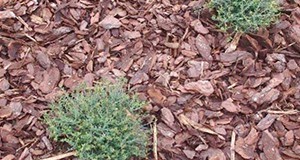Abstract
Because landscape beds often contain a variety of ornamental plants, shrubs, and trees, using herbicides to control weeds in these areas can be challenging; however, non-herbicidal methods can be labor intensive. This 6-page fact sheet outlines how to use landscape design and cultural and chemical practices to effectively control weeds in landscape beds. This publication also discusses the use of pre- and postemergent herbicides. Written by Chris Marble and Andrew Koeser, and published by the UF Department of Environmental Horticulture, June 2015.
ENH1262/EP523: Improving Weed Control in Landscape Planting Beds (ufl.edu)
References
Billeaud, L. A. and J. M. Zajicek. 1989. "Influence of mulches on weed control, soil pH, soil nitrogen content, and growth of Ligustrum japonicum." J. Environ. Hort. 7:155-157. https://doi.org/10.24266/0738-2898-7.4.155
Chalker-Scott, L. 2007. "Impact of mulches on landscape plants and the environment - a review." J. Environ. Hort. 25: 239-249. https://doi.org/10.24266/0738-2898-25.4.239
Mallory-Smith, C. A., and E. J. Retzinger. 2003. "Revised Classification of Herbicides by Site of Action for Weed Resistance Management Strategies." Weed Technology 17 (3): 605-619 https://doi.org/10.1614/0890-037X(2003)017[0605:RCOHBS]2.0.CO;2

